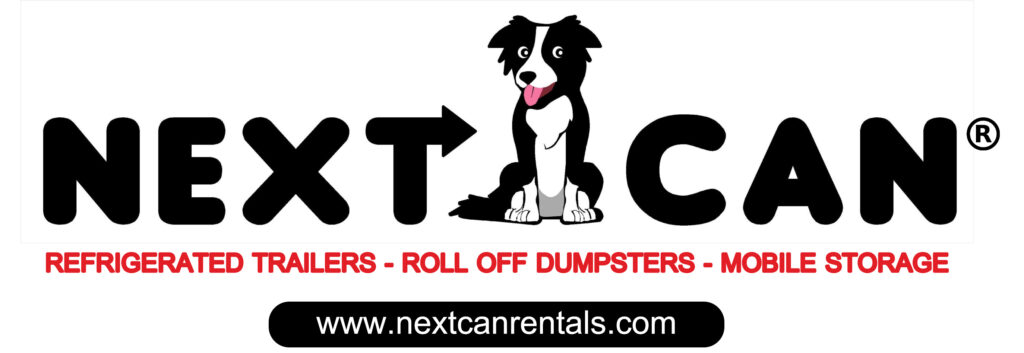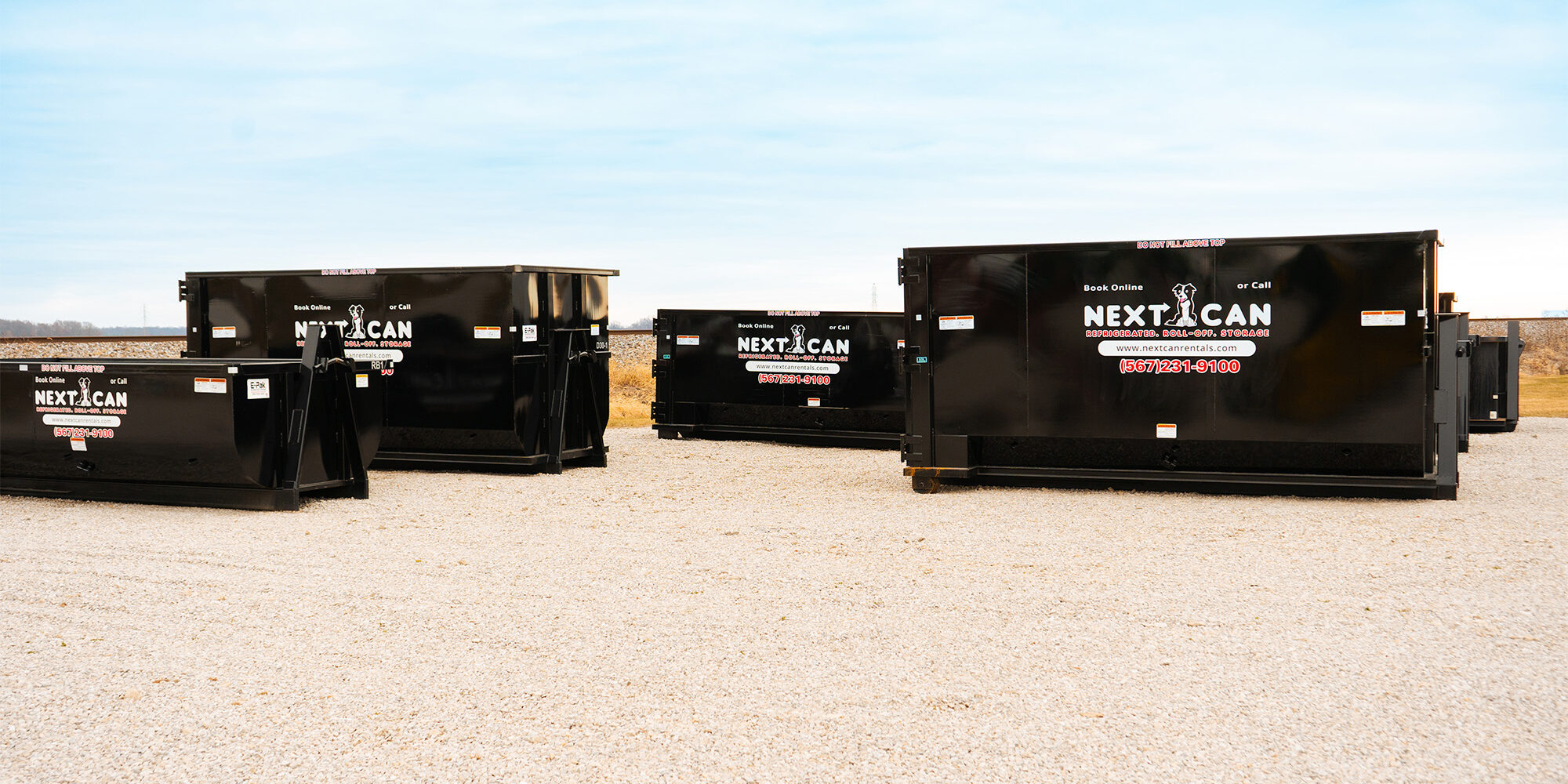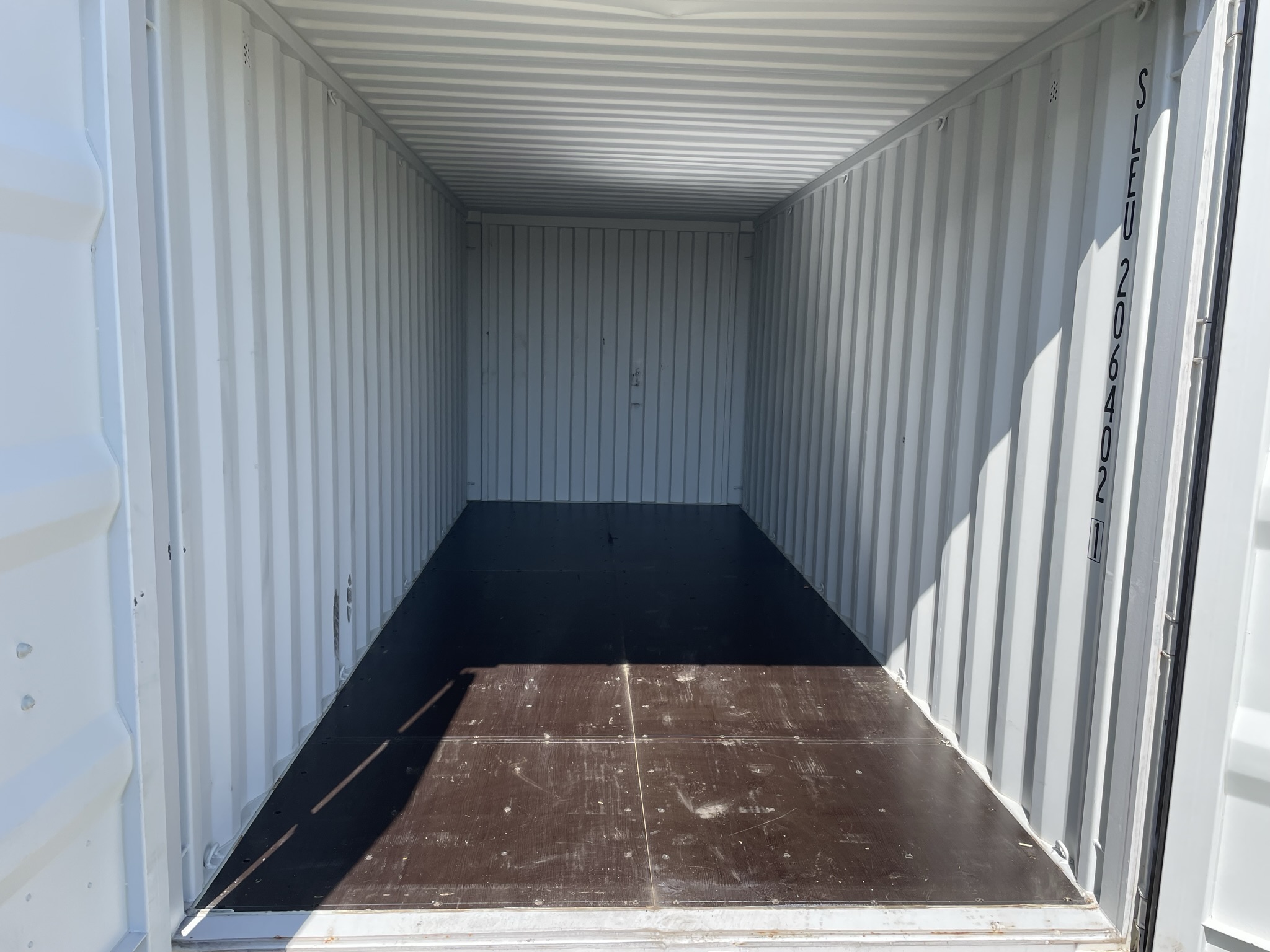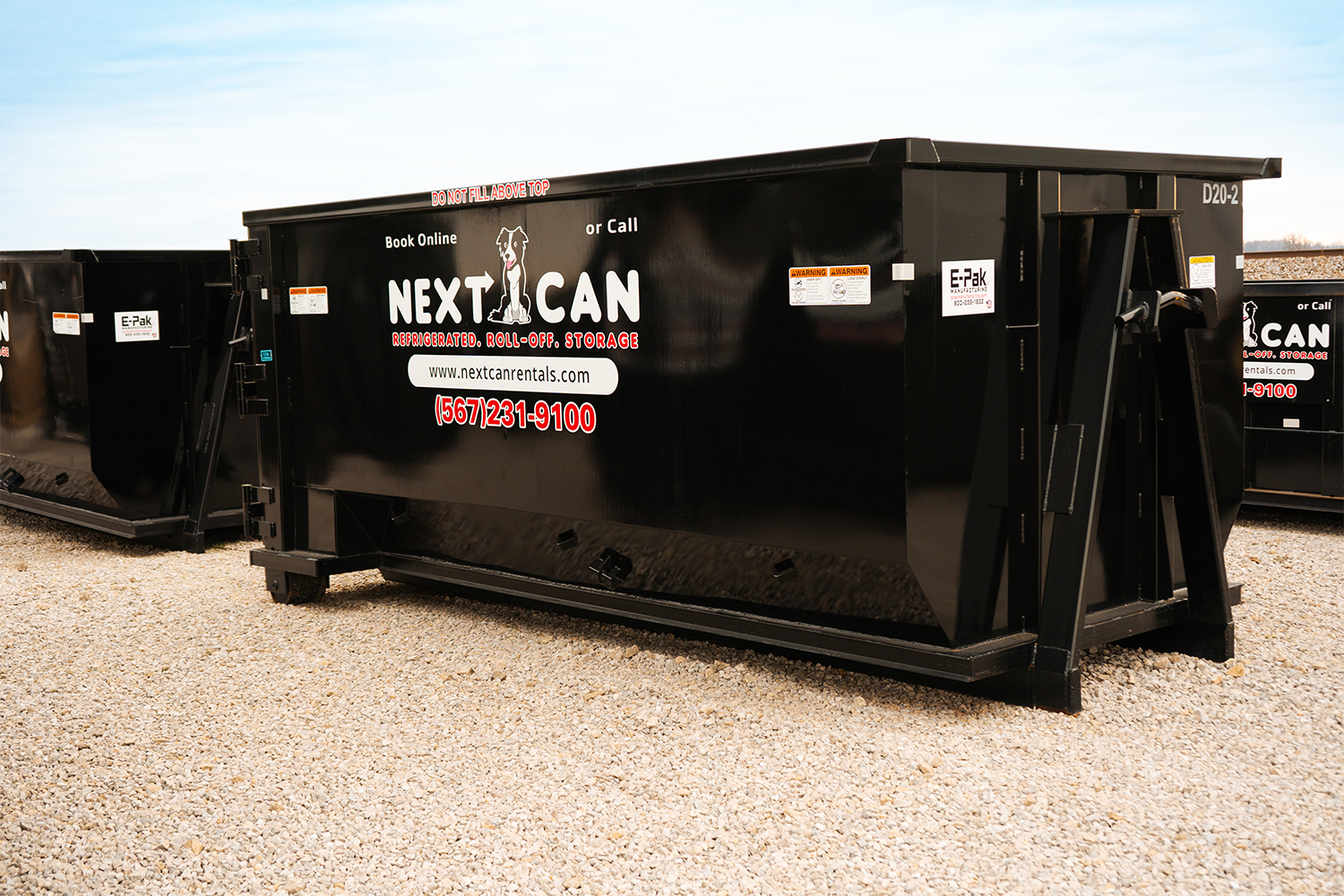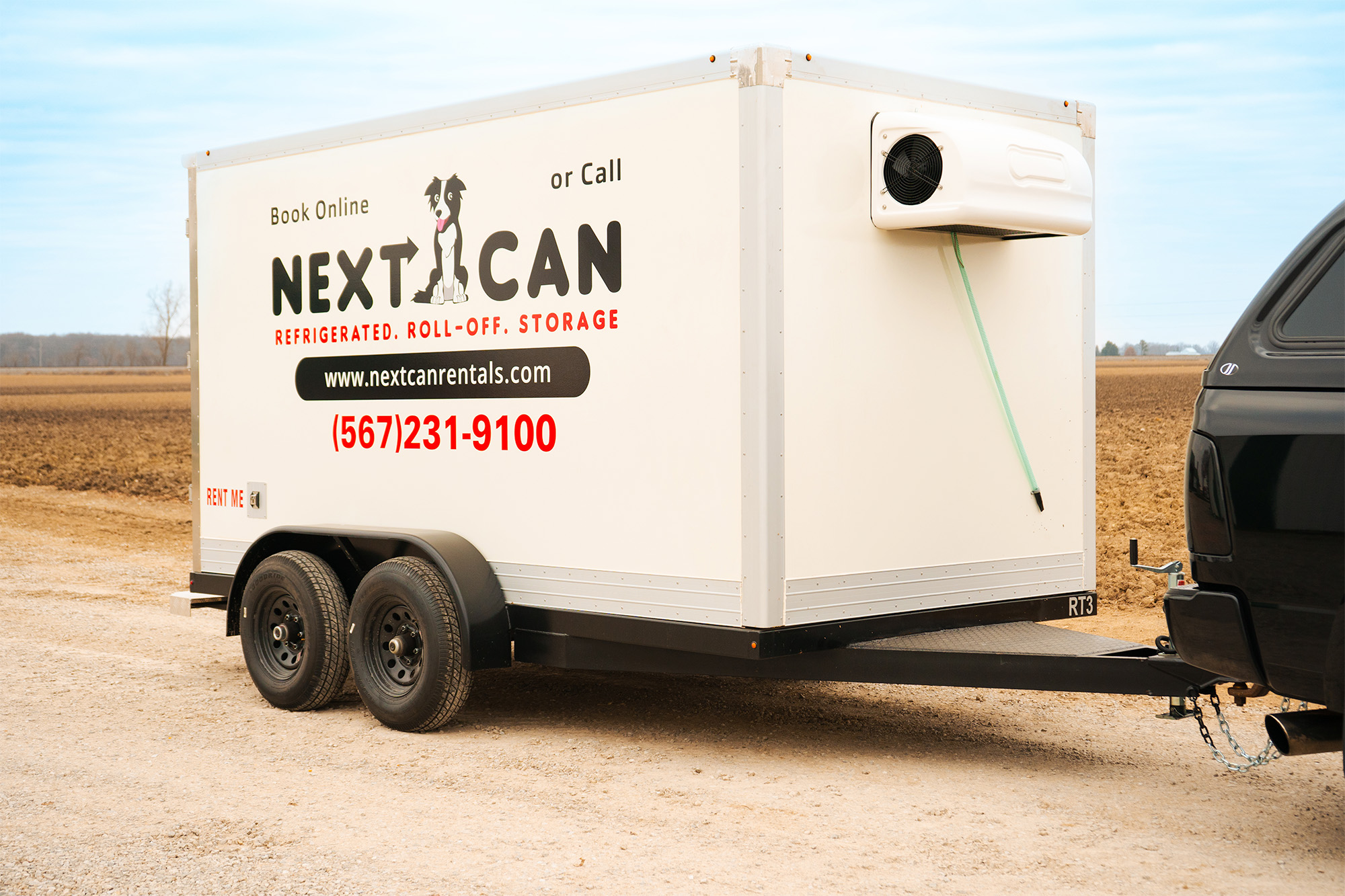Which Is Right for You?
When you start a cleanup or renovation project, choosing the right dumpster size is one of your most important decisions. The right choice can streamline the disposal process and prevent unnecessary delays. Choosing wisely can help you avoid additional fees for overages or extra hauls. On the other hand, choosing the wrong size can result in wasted space and unexpected costs. Or it could result in the inconvenience of needing a second dumpster.
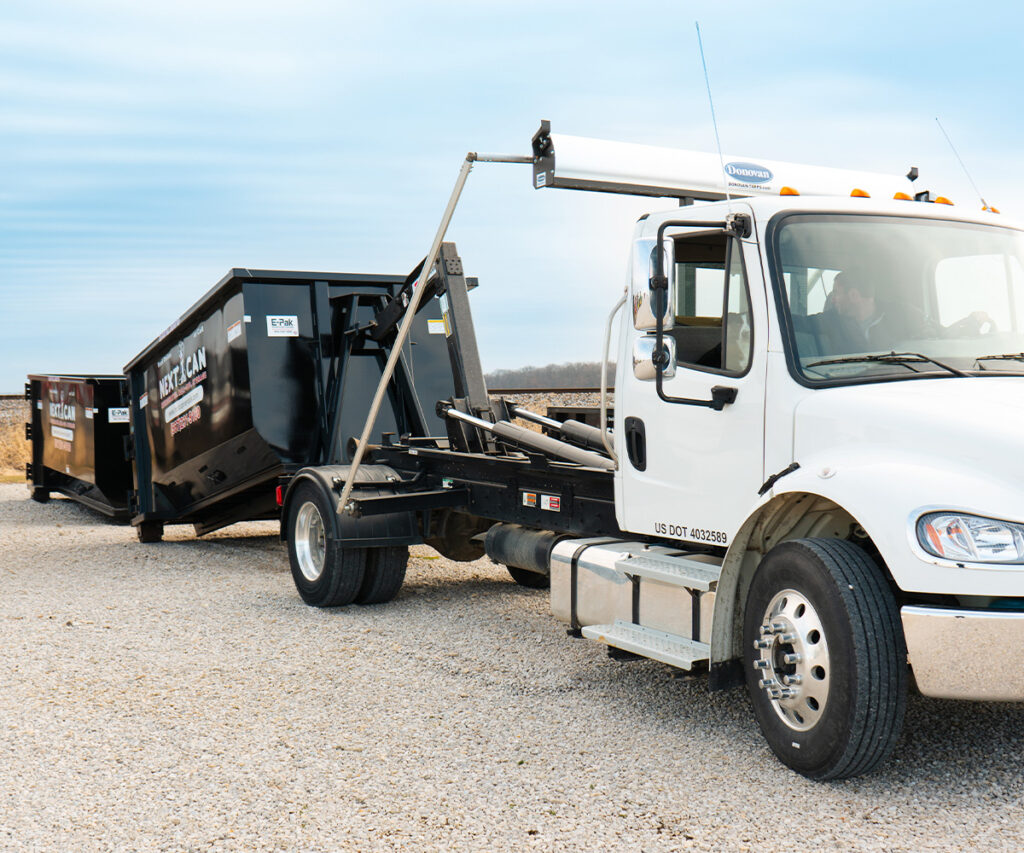
Dumpsters come in various sizes, but the 20-yard and 30-yard options are among the most popular for residential and commercial projects. The size you choose depends on factors like the type of waste, the scope of the project, and the space available for the dumpster. Whether you’re tackling a home renovation, a landscaping overhaul, or a significant decluttering effort, Next Can has you covered.
To understand the differences between a 20-yard and a 30-yard dumpster, let’s look at some factors that will help you make the best decision.
Understanding Dumpster Sizes
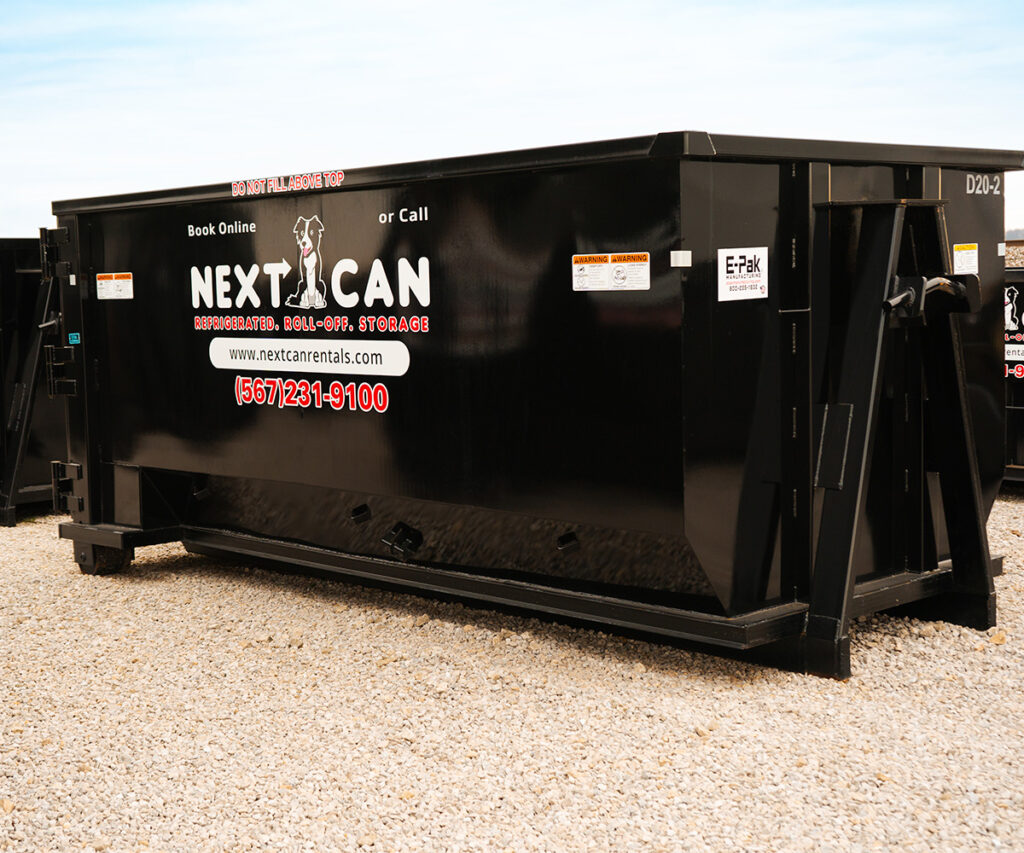
20-Yard Dumpster
• Dimensions: Approximately 14 feet long x 8 feet wide x 6 feet high.
• Capacity: Holds about six pickup truckloads of debris.
• Weight Limit: Typically 2 to 4 tons (4,000–8,000 lbs).
Best for:
- Medium-sized home renovation projects.
- Large garage or basement cleanouts.
- Deck removals up to 400 square feet.
- Roofing projects involving up to 3,000 square feet of shingles.
A 20-yard dumpster is a versatile option for residential projects. It’s large enough to handle substantial waste but compact enough to fit in most driveways. This size is usually sufficient for a smaller home improvement or decluttering project.
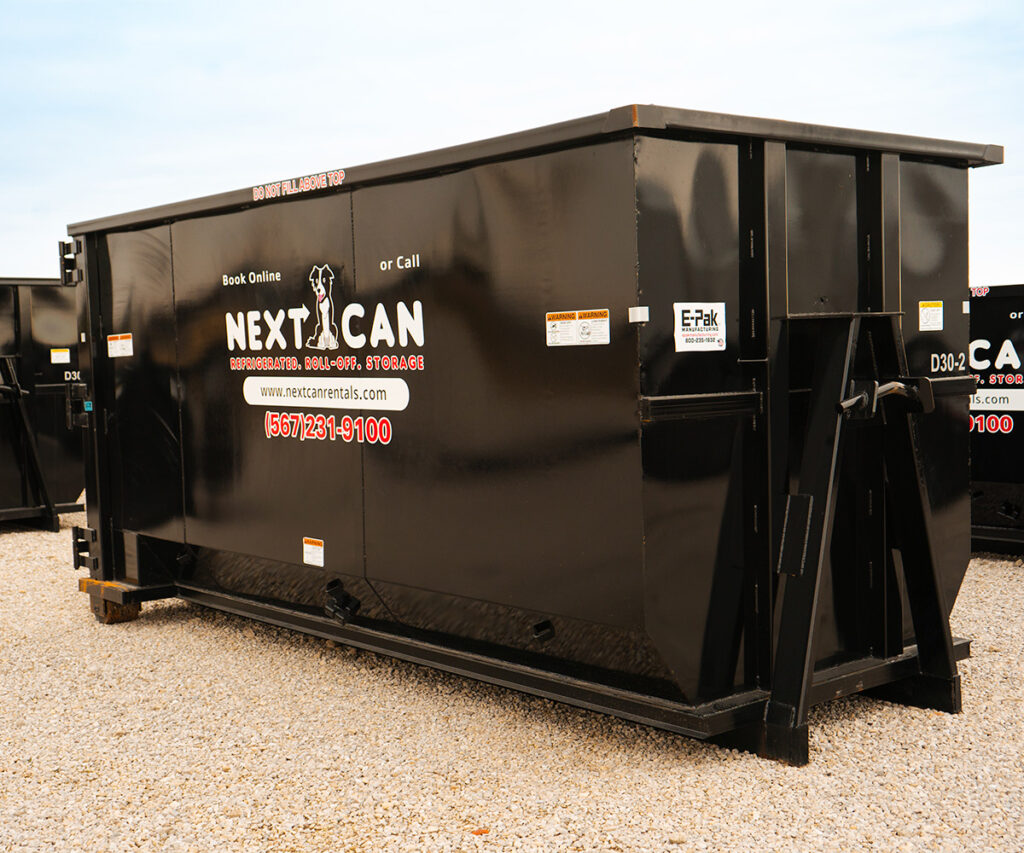
30-Yard Dumpster
• Dimensions: Approximately 16 feet long x 8 feet wide x 6 feet high.
• Capacity: Holds about nine pickup truckloads of debris.
• Weight Limit: Up to 4 tons, but allows for bulkier waste.
Best for:
- Major home additions or renovations.
- Whole-house cleanouts.
- Demolition projects (e.g., tearing down garages or small houses).
- Large-scale landscaping and yard waste removal.
The 30-yard dumpster works best for larger projects that generate substantial debris. Its extra length increases capacity without requiring much more ground space, making it ideal for full-home cleanouts and demolition projects.
What Are You Throwing Away?
When choosing the right dumpster size, consider the type of waste you’ll be disposing of.

Major Haul vs. Decluttering
If you’re remodeling a single room, a 20-yard dumpster may be enough. However, it won’t be enough if you update multiple rooms or undertake a home renovation. The added space in a 30-yard dumpster allows you to dispose of large materials like countertops, bathtubs, and sections of drywall without worry.
Decluttering projects also influence the best dumpster size. A 20-yard dumpster is often ideal for garage, basement, or attic cleanouts that will remove old furniture, boxes, and general household clutter.
However, for estate cleanouts or major downsizing, a 30-yard dumpster can handle larger furniture pieces like couches, mattresses, dressers, and appliances without overflowing.

Landscape & Construction
Landscaping waste is another key factor. If you’re removing small trees, bushes, and branches, a 20-yard dumpster may be sufficient. However, for significant yard overhauls—such as multiple tree removals, tearing out concrete walkways, or regrading your yard—the 30-yard dumpster provides the volume needed for heavy and bulky materials.
Similarly, if you’re demolishing a deck or fence, a 20-yard dumpster may work for smaller projects, but a 30-yard option is better for larger structures.
Choosing the Right Dumpster Size
Assess Your Project Size: For minor to moderate home projects, a 20-yard dumpster should suffice. However, if you’re working on a full-home cleanout or a large-scale renovation, upgrading to a 30-yard dumpster ensures you have enough space.
Consider the Type of Waste: Bulky items like furniture, drywall, or large amounts of yard waste require additional space. A 30-yard dumpster’s extra volume can prevent overflow issues and allow for a smoother cleanup process.
Check Space Availability: Both dumpsters have similar footprints, but the 30-yard option is slightly longer. Before making a decision, ensure your project site can accommodate the required height and weight capacity. The delivery driver will need about 60 feet of space and at least 23 to 25 feet of overhead clearance. Be sure to pick a flat and paved spot for the dumpster. Check with your local officials beforehand to see if you need a permit.
Understand Weight Restrictions: Every dumpster rental includes a weight limit. Exceeding this limit results in overage fees. If your debris consists of heavy materials like concrete, brick, or roofing shingles, consult Next Can for weight guidelines to avoid additional costs.
Additional Considerations
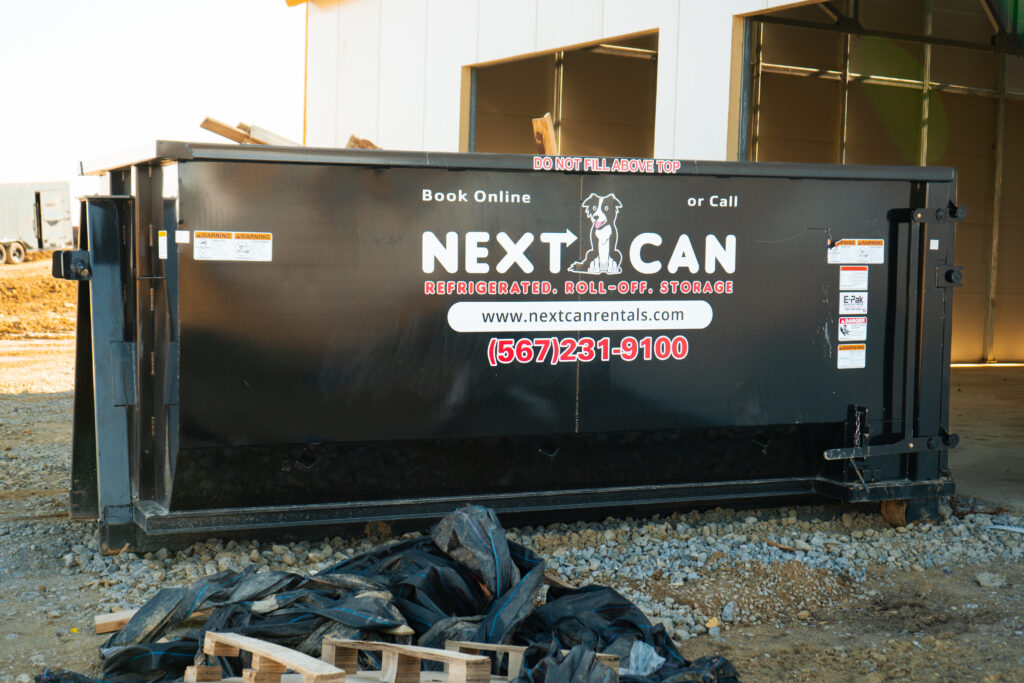
- Rental Periods: Some projects take longer than expected. If you need an extension, check with your rental company about additional rental days and any associated fees.
- Permit Requirements: Depending on your location, you might need a permit to place a dumpster on a public street. Contact your local municipality to ensure compliance.
- Proper Loading Techniques: Distribute weight evenly and avoid overfilling. Overfilled dumpsters create safety hazards and may incur extra fees.

Final Thoughts
Choosing the right dumpster size can streamline waste disposal and save money. A 20-yard dumpster suits mid-sized projects and residential cleanouts, while a 30-yard dumpster accommodates major renovations and large-scale cleanups. Carefully assess what you’re throwing away to avoid the hassle of overfilling or needing a second dumpster.
To book the right dumpster for your project, visit Next Can Rentals for competitive pricing and reliable service.
